Planning for travel in a big group can be stressful, and may even cause tension among the members. Here, we share with you two handy tools that could help you defuse potential conflict – and ensure a smooth-sailing and rewarding vacation.
Say you’ve decided to visit Japan with a group of friends. Thing is, all 10 of you have a different-looking wish list – and, you only have time to visit two cities. Which will it be? Eclectic Tokyo? Gourmet haven Osaka? Tranquil Kyoto?
“Actually, I want to feed the deer at Nara. No, no, we must try the seafood at Hokkaido!” Because there are different expectations and interests, and not enough time (and money!) to please everyone, what started out as an exciting idea can easily take a turn and cause falling out between friends.
However, it doesn’t always have to be that way. Here are two handy methods that could help the travelling party reach a consensus without tearing out each other’s hair.
Go to the polls
Hooray for technology and smartphones – voting can now easily be done via various digital apps and sites. Try free survey sites such as Google Forms or SurveyMonkey.
If you and your friends have the Telegram app, use that to create a group chat poll. Ask each travel buddy to vote for only half of the options provided.
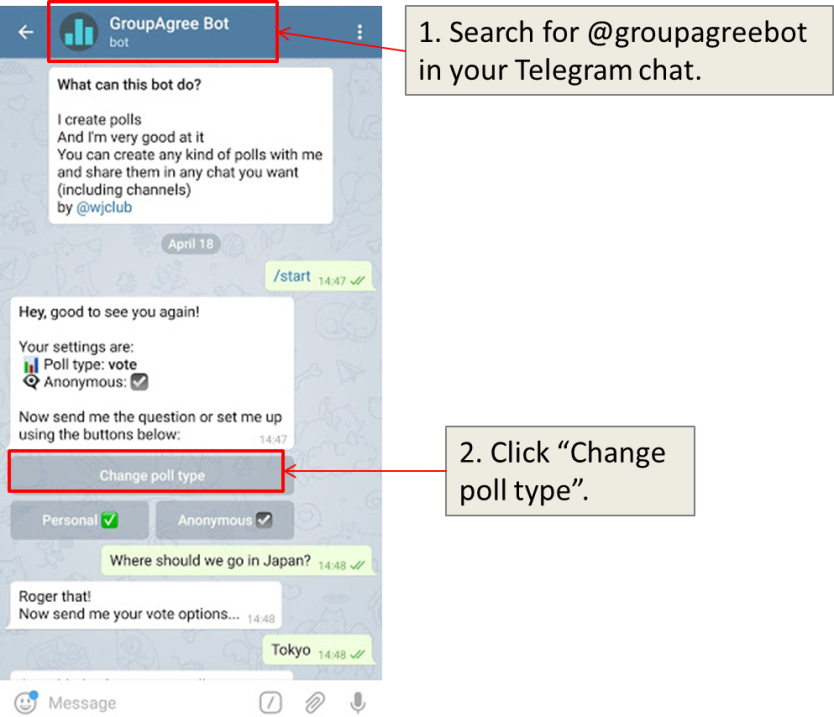
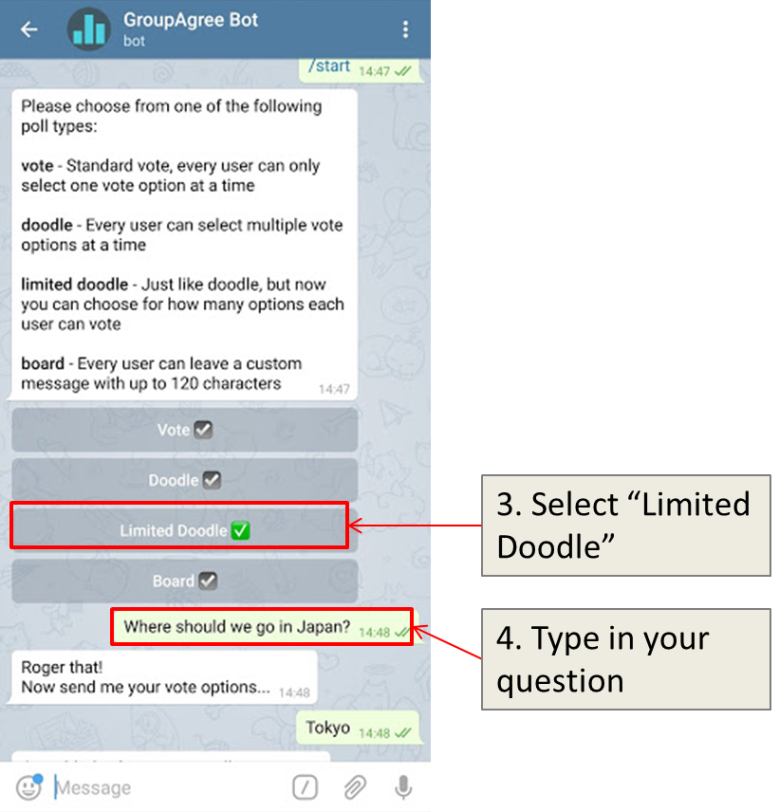
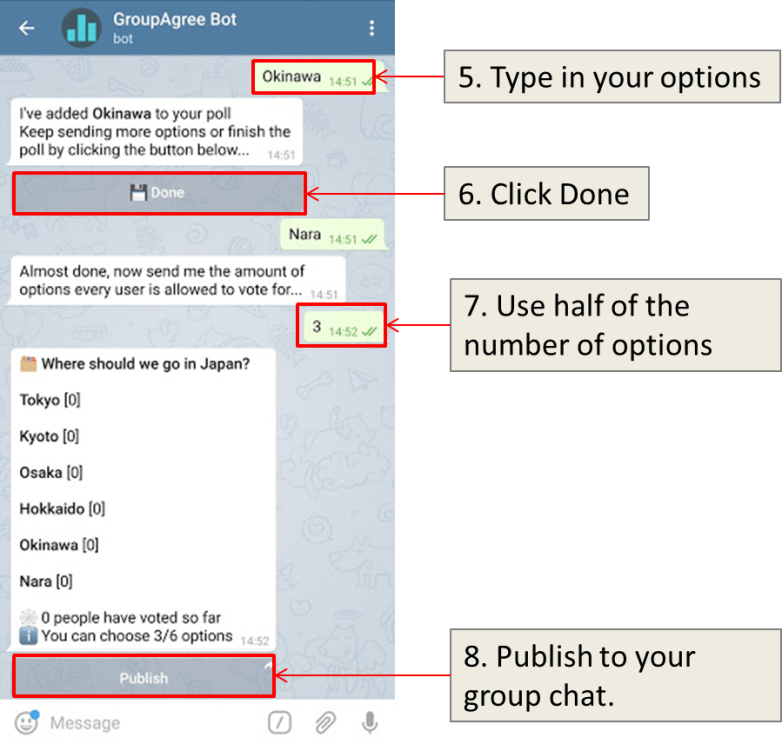
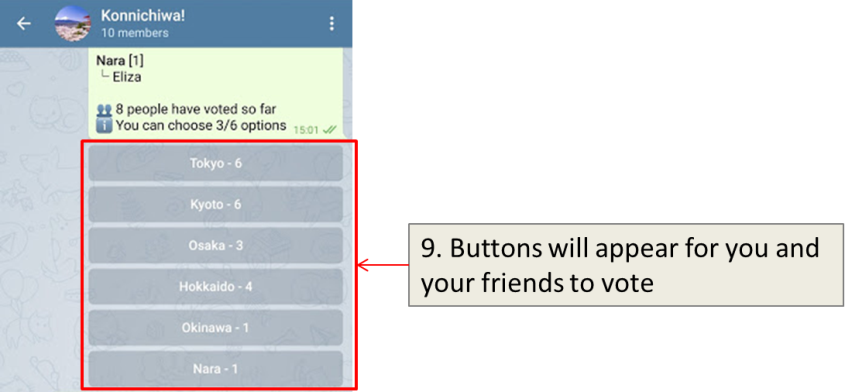
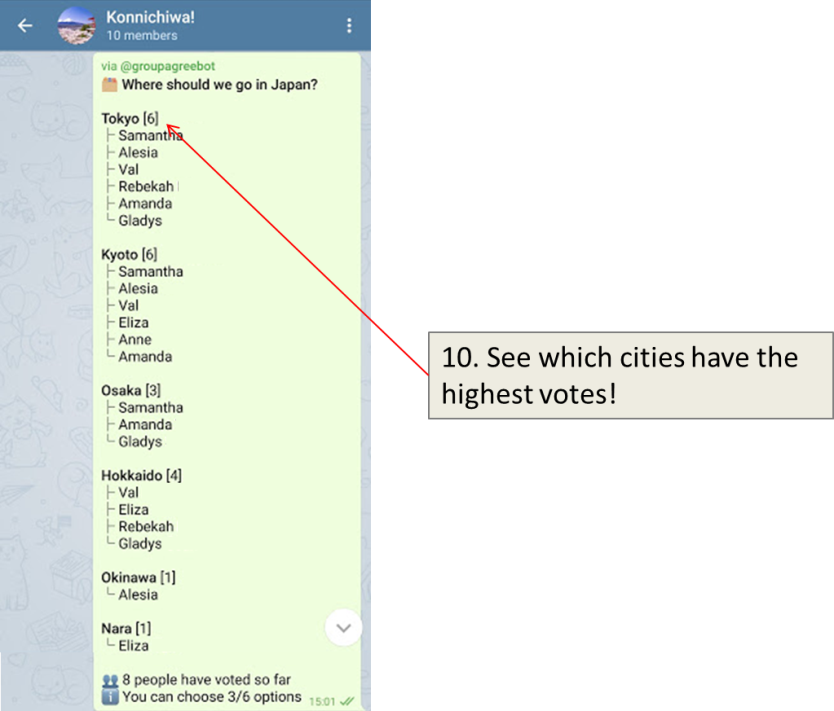
You and your travel group have just completed multi-voting, which is preferable to voting only for your top choice because it allows an item that is favoured by most, not just the top choice of any, to rise to the top.
Set your priorities straight
Do you have members in your group who are not that tech savvy? Organise a dinner (sushi perhaps?) and get everyone in the group to list down what they are looking for in a trip. Note them down in a simple table:
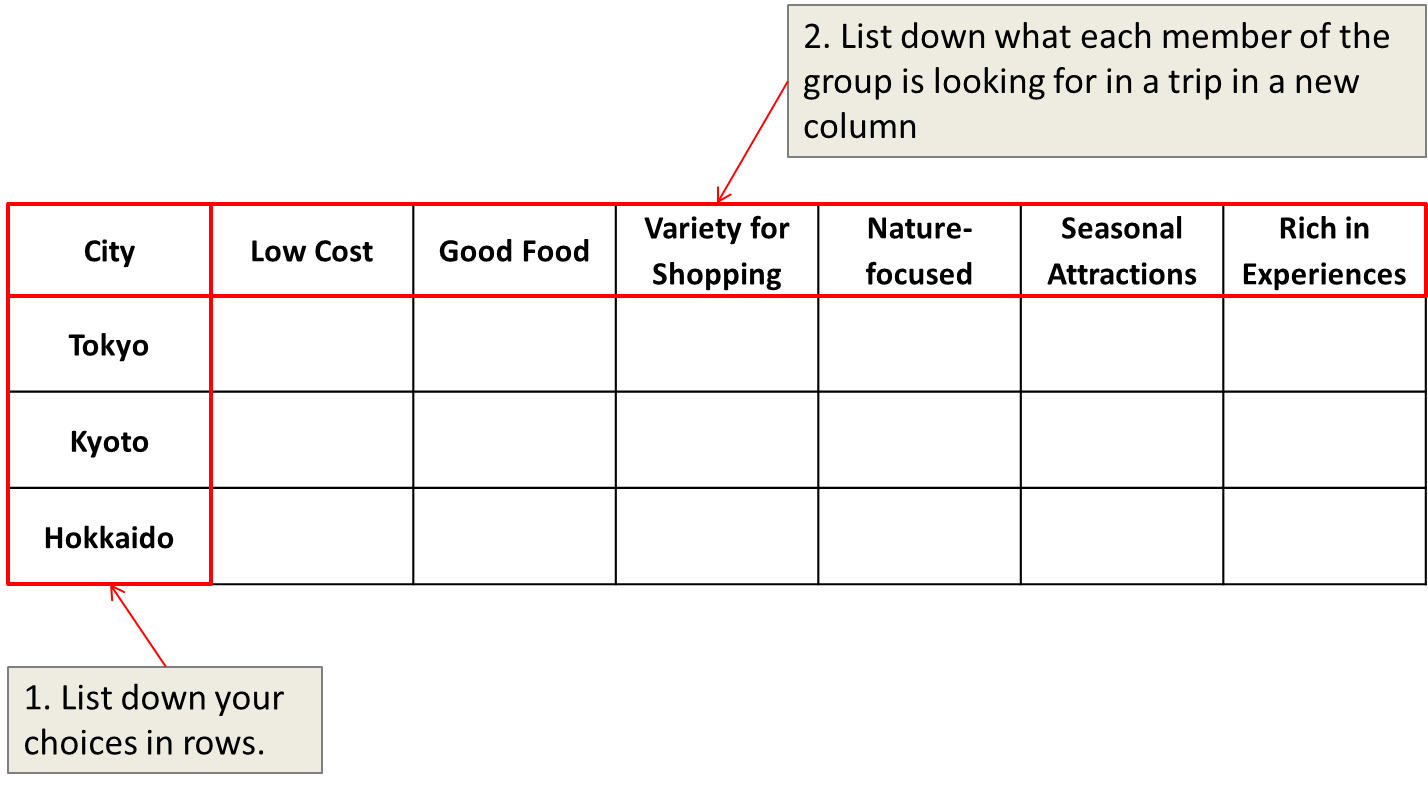
Decide on a simple scoring system with your group. Perhaps you can use your sushi?

Discuss how many sushi you should put in each box together as a group:

Pick the two cities with the highest number of sushi (Tokyo and Hokkaido!) and not only did you manage to decide on your itinerary, you have also just learnt how to use a prioritization matrix, a wonderful tool that considers multiple factors and reveals the relative importance of your options. The choice of where to focus your resources becomes easy once you place a priority to your options.
Planning for a large travel party can seem intimidating at first, but by involving everyone in the decision making process, you can ensure maximum satisfaction with minimal conflict.
This is a Quality Improvement article contributed by Samantha Woon, Executive, Dept of Process Transformation and Improvement. To learn how to use these QI tools to solve problems at work, you can reach out to the PTI team at QI Marketplace on Workplace.
We love mail! Drop us a note at [email protected] to tell us what you like or didn’t like about this story, and what you would like to see more of in LighterNotes.
